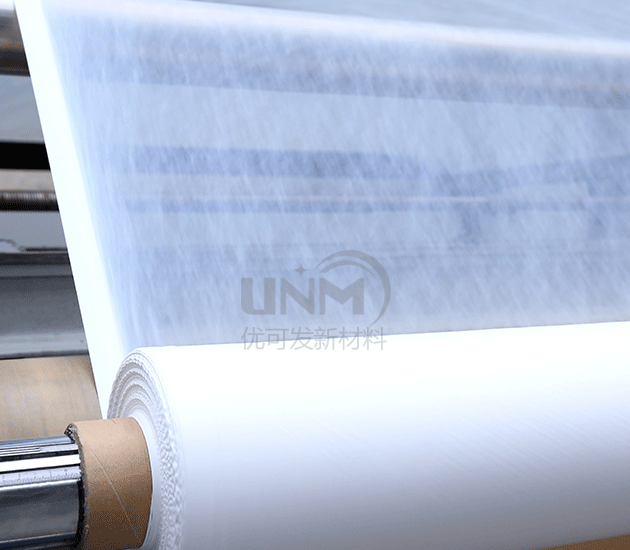PTFE (polytetrafluoroethylene) proton exchange membrane is a new type of fuel cell electrode material that has received widespread attention in the energy field in recent years. The main function of the proton exchange membrane is to separate hydroxide ions in the fuel cell, thereby improving the energy conversion efficiency of the battery. This article will discuss the performance characteristics ofptfe proton exchange membrane.

1. Highly selective
ptfe proton Exchange membraneshave high ion selectivity and can achieve the separation of hydrogen ions and hydroxyl ions. This is because the permeability of PTFE material to hydrogen ions and hydroxide ions is very different, making it play a key role in electrochemical reactions. This high degree of selectivity gives the membrane excellent performance in fuel cells.
2. Good hydrolysis stability
During the operation of the fuel cell, protons The exchange membrane may be corroded by impurities in the water, resulting in reduced ion transport performance. However, the film has good hydrolytic stability against these attacks. This means that the film can maintain stable ion transport properties under various environmental conditions.
3. Temperature resistance
During the use of the fuel cell, the internal high-temperature environment will The tolerance of electrode materials poses a challenge. ptfe proton exchange membrane has a high melting point (about 327°C) and has good mechanical strength and dimensional stability in high temperature environments. This makes it ideal for use in high-temperature fuel cells.
4. Good mechanical strength
During the operation of the fuel cell, the proton exchange membrane Need to withstand some mechanical stress. ptfe proton exchange membrane has high tensile strength and flexibility, which can form a stable structure inside the fuel cell to ensure the stability of ion transmission.
5. Solubility and processability
ptfe proton exchange membrane
strong>It has good solubility and processability, and can be used to produce films with specific pore sizes and thicknesses through melt spinning and other methods. This allows the membrane to be customized according to actual application needs and meet the design requirements of different fuel cells.
In short, ptfe proton exchange membrane relies on its high selectivity, hydrolytic stability, temperature resistance, good mechanical strength and solubility and processability, etc., and has broad application prospects in the field of fuel cells. As fuel cell technology continues to develop, its performance will be further optimized to provide fuel cells with higher energy conversion efficiency and longer service life. Interested parties can enter the store for consultation.
</p







